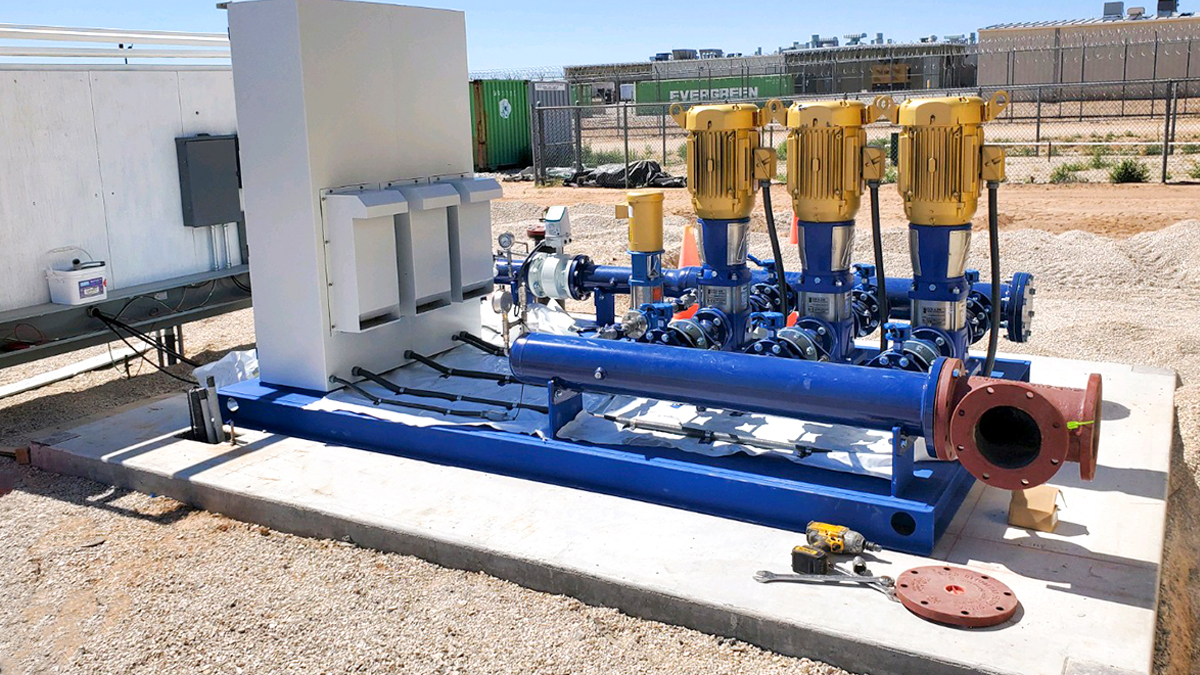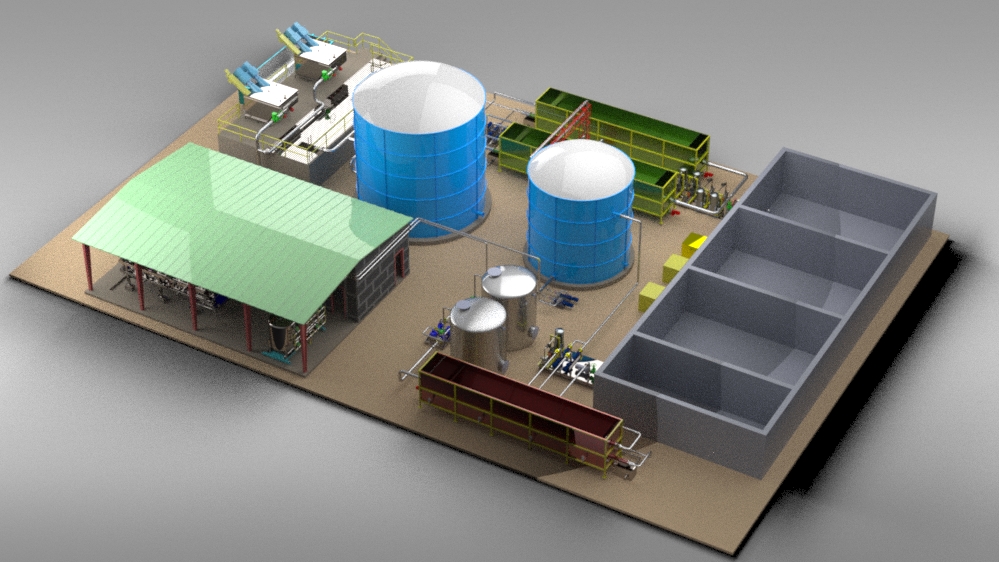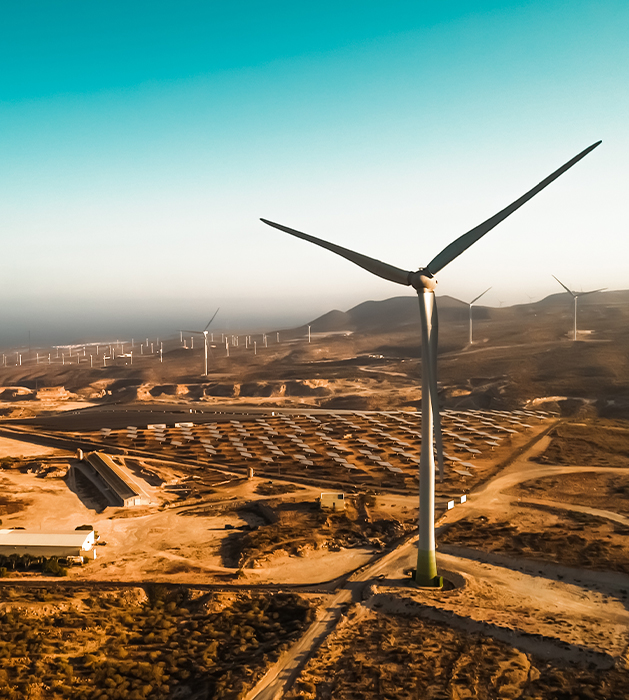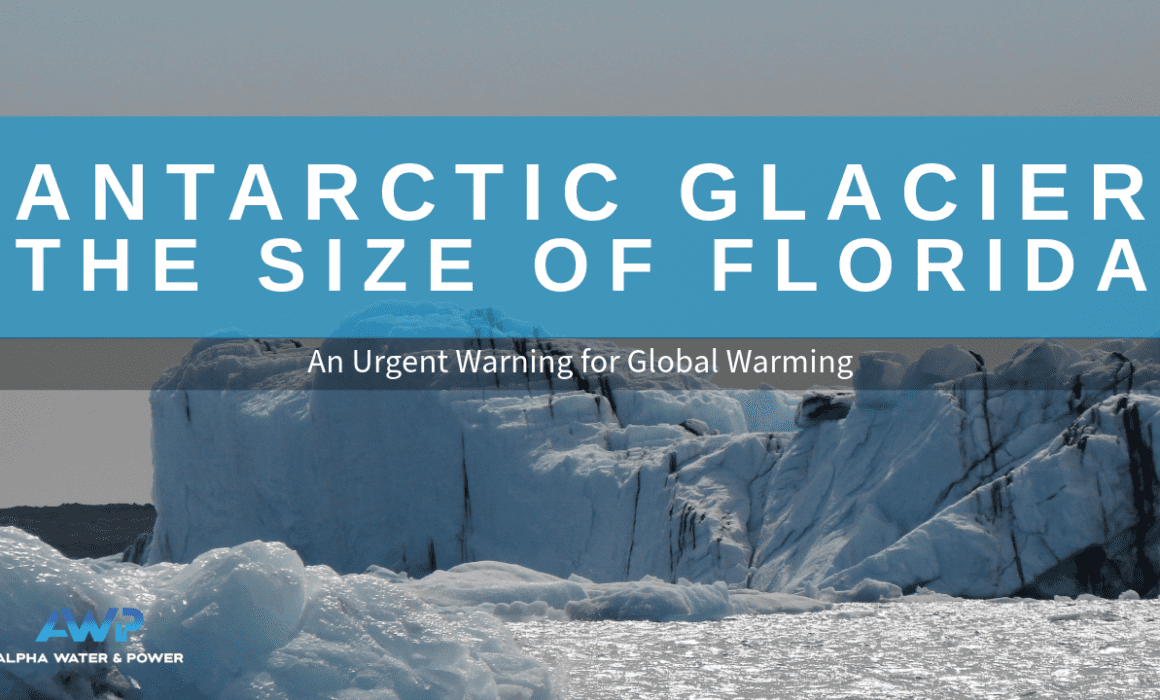Antarctic Glacier the Size of Florida: An Urgent Warning for Global Warming
Antarctic glacier the size of Florida more vulnerable to warming than previously thought, experts warn
The Thwaites Glacier is shrinking by 50 billion tons of ice annually, contributing significantly to global sea level rise.
Introduction
The Thwaites Glacier, located in West Antarctica, is one of the most critical indicators of global climate change. Recently, scientists have discovered that this massive glacier, about the size of Florida, is even more vulnerable to warming ocean waters than previously believed. This revelation raises alarming concerns about the potential acceleration of ice melt and the subsequent impact on global sea levels. As climate change intensifies, understanding the dynamics of glaciers like Thwaites is essential for predicting future sea level rise and implementing urgent climate action.
Understanding Thwaites Glacier: The Sentinel of Sea Level Rise
Thwaites Glacier, often referred to as the “Doomsday Glacier,” has been under close scientific scrutiny for years due to its size and the critical role it plays in stabilizing the West Antarctic Ice Sheet. The glacier is currently losing ice at an astonishing rate, with about 50 billion tons of ice melting away every year. This accounts for roughly 4% of the annual global sea level rise.
The Fragile Nature of Thwaites
Eric Rignot, a leading glaciologist at the University of California, Irvine, highlights the fragility of Thwaites Glacier. He explains that the glacier is particularly vulnerable because of its location in West Antarctica, where some of the most drastic glacier retreats are currently happening. In fact, recent studies using new satellite data have revealed that ocean water is penetrating deeper into the glacier than scientists had previously thought.
“It’s a fragile part of West Antarctica… where we see the most drastic glacier retreat at present,” Rignot explains. The infiltration of warm ocean water beneath the glacier is a critical discovery, suggesting that the melting process may accelerate much faster than initially estimated.
Ocean Warming and Glacier Vulnerability
The key to understanding the heightened vulnerability of Thwaites Glacier lies in the interaction between the glacier and the warming ocean waters. Satellite data has shown that during high tides, ocean water is pushed underneath the glacier, creating cavities between the ice and the seafloor. This process allows warmer water to come into contact with a larger portion of the glacier, speeding up the melting process.
Surprising Discoveries
“And to our surprise, we saw this seawater intrusion propagating many, many kilometers inland of where we thought it would go,” Rignot explains. This means that ocean water is reaching areas of the glacier previously thought to be insulated from such influences, leading to a more extensive ice melt than anticipated.
Each degree of ocean warming brings with it a dire consequence: the potential for even more significant glacial melt. This not only threatens to raise sea levels more quickly but also destabilizes the entire West Antarctic Ice Sheet. If Thwaites were to collapse entirely, it could trigger a chain reaction, leading to the disintegration of nearby glaciers and an additional rise in global sea levels.
The Global Impact of Thwaites Glacier Melting
The melting of Thwaites Glacier has far-reaching implications for the entire planet. The annual loss of 50 billion tons of ice is already contributing to global sea level rise, which poses a threat to coastal communities worldwide. Low-lying areas, including major cities like Miami, New York, and Dhaka, are particularly vulnerable to rising sea levels, which can lead to increased flooding, displacement, and economic damage.
Moreover, the melting of Thwaites and other glaciers contributes to a feedback loop in the Earth’s climate system. As more ice melts, less sunlight is reflected back into space, causing the planet to absorb more heat. This, in turn, accelerates global warming and further destabilizes polar ice sheets.
A Call for Ambitious Climate Action
While the latest findings about Thwaites Glacier are alarming, scientists like Rignot emphasize that there is still time to act. The future of the planet is, quite literally, in our hands. By taking immediate and ambitious steps to reduce greenhouse gas emissions, the world can slow the rate of global warming and limit the retreat of glaciers like Thwaites.
Rignot’s message is clear: “The future of the planet is in our hands. … It’s up to us.” This statement underscores the urgency of global cooperation in addressing climate change. International agreements like the Paris Agreement aim to limit global warming to 1.5 degrees Celsius above pre-industrial levels, a goal that could significantly reduce the risk of catastrophic glacial melt.
What Can Be Done?
To mitigate the effects of Thwaites Glacier’s melting and broader climate impacts, several key actions are necessary:
- Reducing Greenhouse Gas Emissions: Transitioning to renewable energy sources, improving energy efficiency, and cutting down on fossil fuel consumption are crucial to limiting global warming.
- Supporting Climate Research: Continued investment in climate science, including satellite monitoring of glaciers and ocean temperatures, is vital for understanding and responding to the evolving climate crisis.
- Enhancing Coastal Resilience: Coastal communities must prepare for rising sea levels through improved infrastructure, flood defenses, and strategic urban planning.
- Global Cooperation: Climate change is a global problem that requires collective action. Countries must work together to achieve carbon reduction targets and support vulnerable regions impacted by sea level rise.
Conclusion: A Planetary Responsibility
The discovery that Thwaites Glacier is more vulnerable to ocean warming than previously thought is a stark reminder of the urgent need for climate action. The stakes are high: if the melting of Thwaites continues unchecked, the world could face catastrophic sea level rise within this century. However, there is still hope. By embracing sustainable practices, reducing carbon emissions, and supporting scientific research, humanity can play a decisive role in safeguarding the planet for future generations.
In the face of such an overwhelming challenge, it’s easy to feel powerless. But as Rignot poignantly reminds us, “The future of the planet is in our hands.” The time to act is now.
FAQs
What is Thwaites Glacier and why is it important?
Thwaites Glacier, located in West Antarctica, is one of the largest glaciers on Earth. It plays a critical role in stabilizing the West Antarctic Ice Sheet and contributes to global sea level rise through its melting.
How much ice is Thwaites Glacier losing annually?
Thwaites Glacier is losing approximately 50 billion tons of ice each year, accounting for around 4% of global sea level rise.
Why is Thwaites Glacier melting more rapidly?
Recent studies have shown that warm ocean water is reaching deeper into the glacier than previously thought, accelerating the melting process. This intrusion of seawater has been observed propagating far inland under the glacier.
What could happen if Thwaites Glacier collapses?
If Thwaites Glacier were to collapse, it could trigger a chain reaction, causing other nearby glaciers to disintegrate. This could lead to a significant rise in global sea levels, threatening coastal communities worldwide.
Is there still time to prevent catastrophic sea level rise?
Yes, scientists believe that ambitious climate action can still limit global warming and slow the melting of glaciers like Thwaites. Reducing greenhouse gas emissions is key to achieving this.
What can individuals do to help combat climate change?
Individuals can reduce their carbon footprint by conserving energy, supporting renewable energy, advocating for climate policies, and making sustainable lifestyle choices.
By understanding the fragility of glaciers like Thwaites, we are reminded of our collective responsibility to combat climate change. Our future—and the future of generations to come—depends on the actions we take today.










